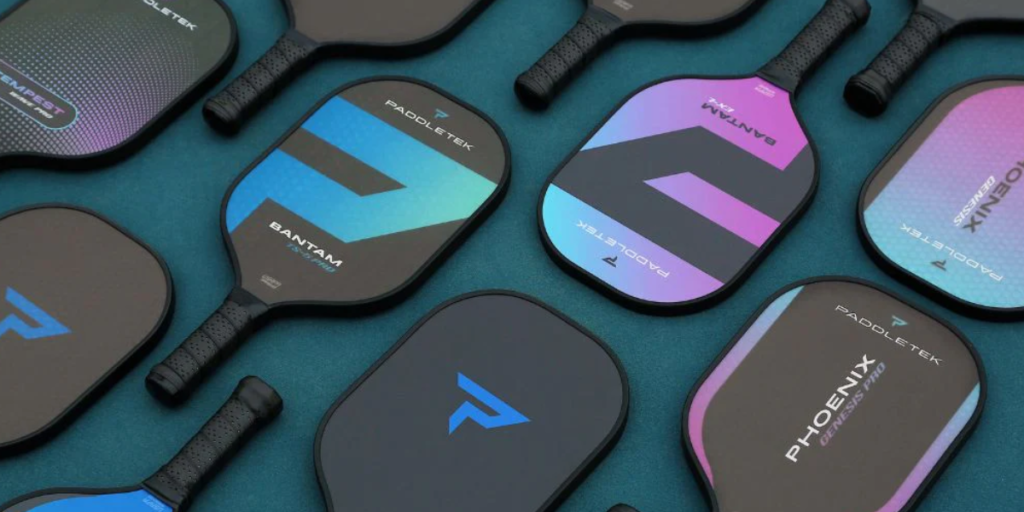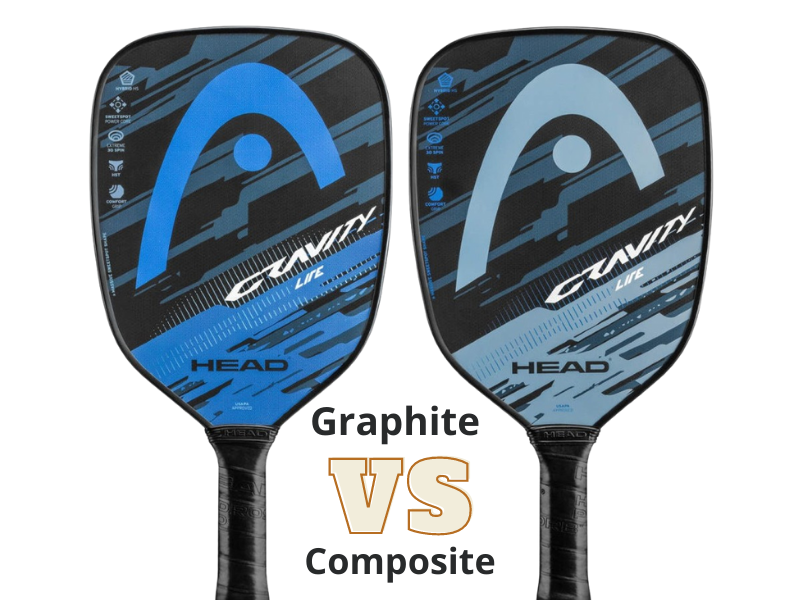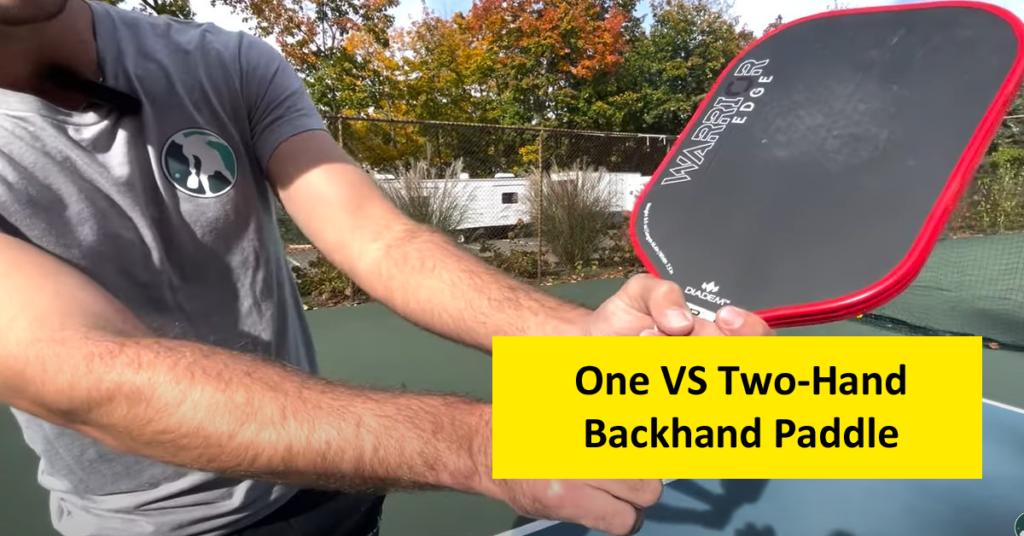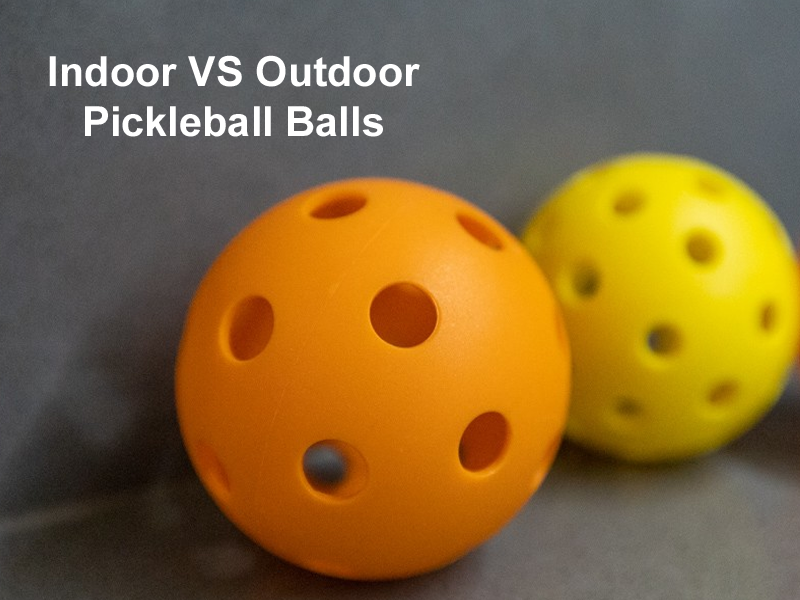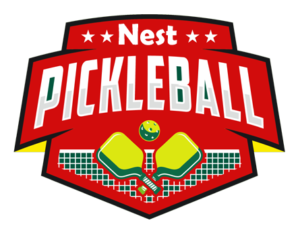Long-handle and short-handle pickleball paddles serve the same purpose: to hit that little ball over the net and into your opponent’s side of the court. But they have key differences like grip comfort, maneuverability, playing style, and prices that can affect your gameplay style and overall experience.
Oh, and did we mention we’ll spill the beans on which playing style each paddle, long handle vs. short handle pickleball paddle, is made for?
That’s right, we’re here to help you find that winning edge. After reviewing the differences between long-handle and short-handle pickleball paddles, we are here to discuss the differences.
So, grab your paddle (or paddles, if you’re as curious as we are) and get ready to serve up some knowledge.
What Is The Standard Pickleball Handle Length?
The standard handle length for pickleball paddles typically hovers around 5 inches.
However, preferences can vary based on individual playing styles. Take players like me, for example – those who prefer a two-handed grip for backhand drives but switch to a single hand at the net.
Comparison of the Long Handle VS Short Handle Pickleball Paddle
Here are the detailed comparison features of the long and short-handle pickleball paddles.
Grip Length
The most apparent distinction between the long-handle and short-handle pickleball paddles is their grip length.
As the name suggests, the long-handle paddle features a more extended grip, providing players with extra room to hold onto the paddle comfortably.

On the other hand, the short-handle paddle has a compact grip, allowing players to have a tighter hold on the paddle.
Maneuverability
When it comes to maneuverability, short-handle paddles tend to excel. Due to their compact design, players can easily change their grip and wrist positions, generating power and control over the ball easier.
Conversely, long-handle paddles might feel slightly bulkier and less responsive during quick movements, although they can offer enhanced reach for shots farther away from the player’s body.
Power and Control
Power and control are two critical aspects of pickleball, and the choice between a long-handle and short-handle paddle can significantly impact these attributes. Generally, short-handle paddles are preferred by players who prioritize control over power.
The shorter grip allows for precise shots and quick reactions at the net, leading to accurate ball placement. So, how do you choose the control pickleball paddle? Let’s focus on what long-handle paddles offer for power and control.
On the other hand, long-handle paddles can provide more leverage, contributing to increased power in shots.
Players who rely on strong groundstrokes or want to put more force behind their serves might favor the long handle design.
Comfort and Feel
Comfort is essential during prolonged pickleball matches, and the comfort level provided by a paddle largely depends on individual preferences. Some players find the longer handle paddle more comfortable as it allows for a relaxed grip and reduced strain on the wrist.

On the contrary, others may feel that the shorter handle paddle fits better in their hand, offering a sense of security and stability during intense rallies.
Two-Handed Play
Choosing between a long-handle and short-handle paddle is crucial for players who enjoy employing a two-handed backhand shot. The longer grip on a long-handle paddle can be advantageous for two-handed players, enabling a more natural and fluid motion.
However, some two-handed players may still prefer the shorter handle option, providing better control and maneuverability when executing these shots.
Weight Distribution and Size
Weight distribution is another factor to consider when choosing a pickleball paddle. Short-handle paddles often have a more centralized weight distribution, allowing for a balanced feel during play.
Due to their extended grip, long-handle paddles may have a slightly more head-heavy balance, which some players find beneficial for adding power to their shots.
According to the USA Pickleball requirements for paddle size, it is specified that the combined length and width of the paddle must not exceed 24 inches. The measurement of paddles is taken from the bottom of the butt cap to the top of the edge guard.
This means a pickleball paddle with a shorter handle can accommodate a larger hitting surface within the allowed 24-inch maximum dimension.
On the other hand, paddles with longer handles will have slightly smaller hitting surfaces to comply with the size regulations and stay within the permitted dimensions.
Short VS Long Handles On Elongated Paddles
Choosing between an elongated paddle with a short handle and one with a long handle depends on your playing style, preferences, and skill level. If you value a larger sweet spot and extended reach, the elongated paddle with a short handle like the Selkirk Omni could suit you.
On the other hand, if you want more control, spin, and precision, the elongated paddle with a long handle like the Engage Pursuit MX might be more appropriate.
However, using the elongated paddle with a standard or short handle versus a long handle can impact your gameplay, especially in sports like pickleball or paddle tennis.
Let’s explore the benefits and considerations of each design using the Selkirk Omni and the Engage Pursuit MX as examples.
Elongated Paddle with Short Handle (Selkirk Omni)

Larger Sweet Spot: An elongated paddle typically offers a larger sweet spot. It means you have more surface area to connect with the ball, increasing the chances of hitting accurate shots even if you don’t perfectly center the ball on the paddle face.
Extended Reach: The extra paddle face below the sweet spot can be advantageous for reaching low shots and groundstrokes without bending or taking large steps. It allows you to cover more court efficiently.
Power and Control: The standard elongated paddle face can generate more power due to its larger surface area. However, it can benefit players who prefer a more aggressive play style and aim for powerful shots.
Elongated Paddle with Long Handle (Engage Pursuit MX)

Leverage and Whip: The longer handle can provide additional leverage when swinging the paddle, potentially enhancing your ability to generate more whip and spin on your shots.
This can be particularly useful for players who rely on spin shots and want better control over the ball’s trajectory.
Two-Handed Backhand: Players who use a two-handed backhand can benefit from the longer handle, as it offers more space for a comfortable grip and allows for better maneuverability in executing backhand shots.
Precision and Placement: Engage paddles has a longer handle may facilitate more precise placement of shots, as you have finer control over the angle and direction of the paddle during your swing. This is advantageous for players who prioritize accuracy over power.
Who Should Use a Long Handle Pickleball Paddle?
- Players transitioning from tennis might find the long handle more familiar and comfortable due to its similarity to a tennis racket grip.
- People with wrist or arm issues may benefit from the extra support the two-handed grip provides.
- Players who prefer extended reach and increased leverage in their shots, especially at the net or on defensive plays.
Who Should Use a Short-Handle Pickleball Paddle?
- Players who are already accustomed to traditional pickleball paddles and prefer the familiarity of a one-handed grip.
- Those who prioritize quick maneuverability and reaction times on the court, especially during fast exchanges and rallies.
- Experienced players who have developed their technique and want a paddle with more control and precision.
Conclusion
In the end, the decision between a handle and a short-handle pickleball paddle boils down to playing style. Players seeking enhanced control, quick maneuvers, and a compact feel might lean toward the short-handle paddle. On the other hand, those aiming for increased power, extended reach, and a more relaxed grip might find the long handle paddle more suitable. Therefore for the best standard skills, you can choose the long handle pickleball paddles!

